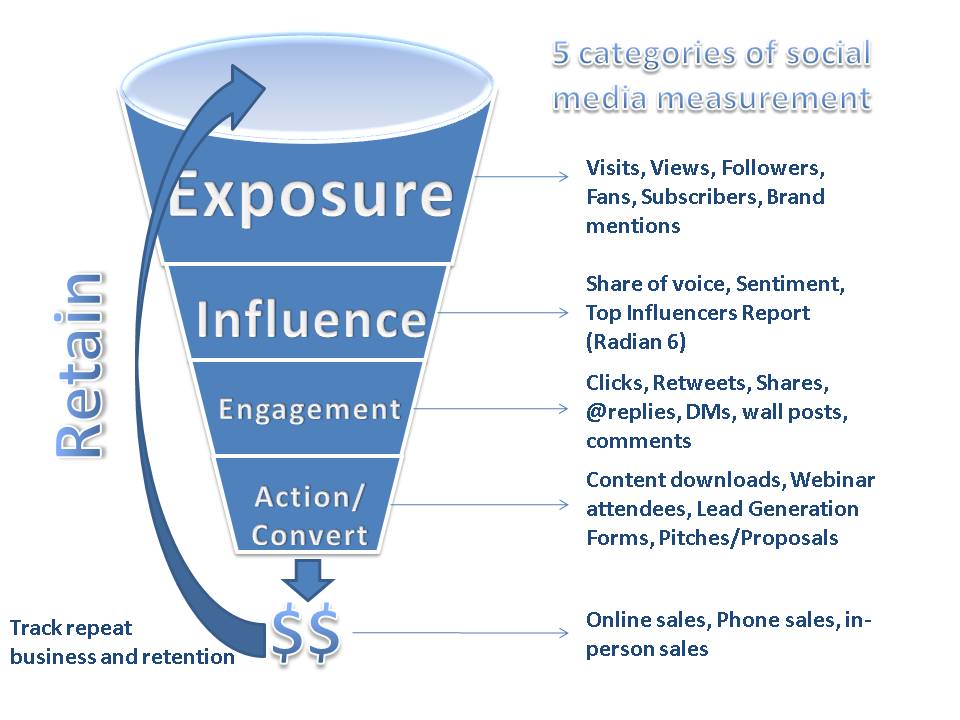Known & Unknown Impact Of Social Media

Social media solidified its status as a cultural phenomenon in 2010, but businesses are still figuring out how to understand the benefits
On 21 July 2010, social networking phenomenon Facebook announced that it had reached the milestone of 500 million users, just six years after its inauspicious beginnings as a Harvard University dorm project. In early 2011, investment bank Goldman Sachs valued Facebook, now the Internet’s second most popular website, at $50 billion.
Social media has also gathered steam as an internal enterprise application for communication and collaboration.
A study published by security software vendor Face Time in 2010 found that social networking was used by at least one employee in 100% of surveyed organisations, but also that 38% of IT professionals interviewed insisted that there was no social networking use in their organization.[/i][/b][/i][/b]
It really underestimates the power of culture within an organization. Generally, the more contacts the better.
Social Media -Taking over Your Day[/b][/b]
Connecting to people outside your close friends and family you need to restrict the information you place in these networks.
Look before you leap.
Select your venues and do not try to be active in everything.
Do not engage in time-wasting activities, such as quizzes and zombie games.
Set Social Media time and log off when that time is over.
Grow your network selectively and steadily – Learn how much activity you can manage.
While organizations wade into the rising social media tide, they should put aside the stalled debate on corporate policy, and stop asking how they should limit and control social media. Instead they should start asking how they can make social media bigger in their organization by considering how social media platforms can help achieve business objectives beyond marketing.
Change happens through the process of managing and shaping content, communication, and culture. Consistent and constant repetition and reinforcement of new vision across corporate communication channels; organizational culture reflects the vision of a company's founders and leaders. Strong cultures help companies operate efficiently and effectively because individual behaviors and interactions are aligned with organizational values.
Culture change is hard. It’s the underpinning to success in most business things, but especially this. Expectations are for companies are changing.
A well-known example of this is the buzz that went on a few years ago on the Dell laptop batteries overheating and exploding. There was a tremendous amount of talk about it online before Dell acknowledged and addressed it. It ended up becoming a huge issue leading to recalls and the like. If Dell had been listening across the Web at that point, it may have been able to identify the issue earlier and get ahead of the problem, working with manufacturing and recalling batteries earlier. It would've been seen as getting ahead of the problem rather than getting nailed for ignoring it.
Dell and others have learned from mistakes like this, but many companies still aren't proactive in listening to what their clients are saying on the Web. To shift corporate thinking in this area, put a strategic plan in place to address these types of things.
Too often, companies are just focused on understanding how people interact with the social media initiatives controlled by the company. You hear people talking about the number of followers a company Twitter account has or the number of fans a company Facebook account has. And while you want to understand the reach of those owned initiatives, the power is really in what others are saying about your company, products, and services online.
Measuring Social Media Exposure
Measuring Engagement
Measuring Influence
The Lead Generation Funnel[/b][/b]
Above were the points that can be used to measure the impact of social media. Companies and executives are finally beginning to really jump on the social media bandwagon, and that’s fantastic. However, for social media to fully work (for everyone), businesses and brands need to be able to evaluate the impact their social media use is having, both positive and negative. Measuring social media ROI isn’t impossible, but it can be difficult because many of the pieces that need to be evaluated are difficult to track. This guide is designed to help you track down those pieces and determine the ROI you’re getting on social media.
If you are using social media to raise awareness about your campaign or organization, you are likely to be sharing links there back to your website. Measuring the impact of this effort, no doubt, is high on your list of priorities. While click-through to your website is by no means the most important measure of success for your social media program--that honor goes to engaging your audience on social media--it is still important to drive some of your audience home.
